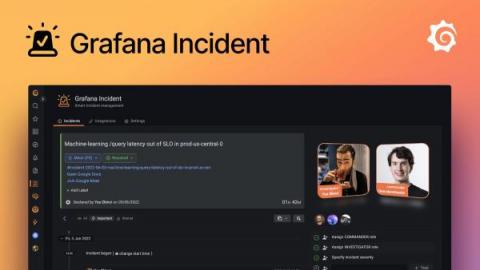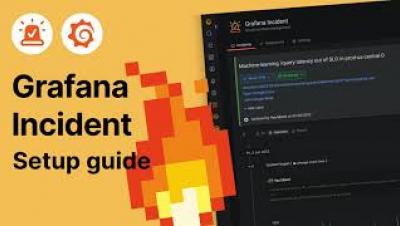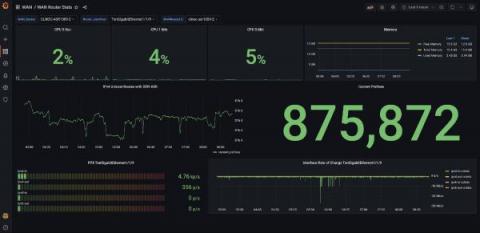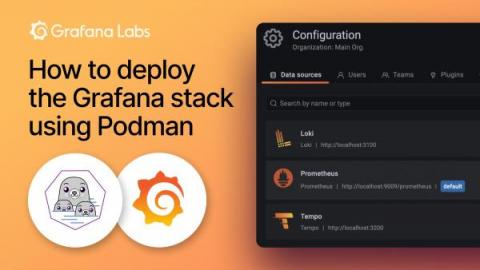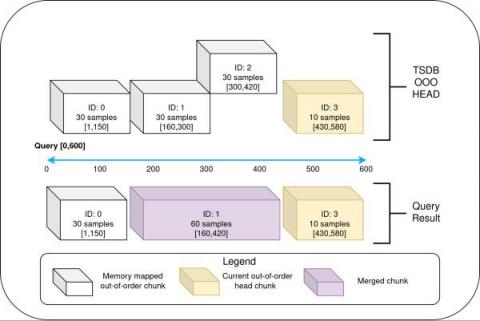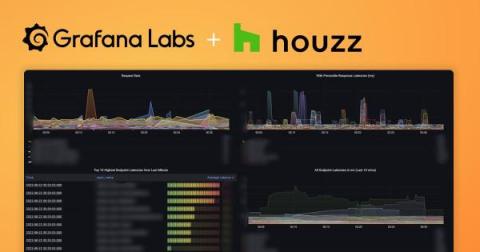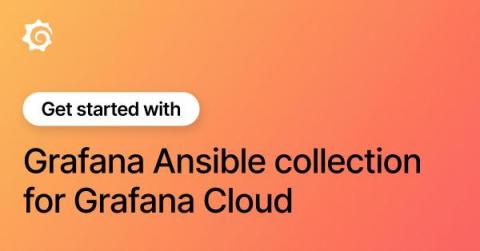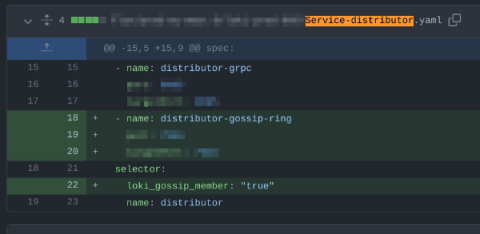Is your plugin compatible with Grafana? There's a tool for that!
Here at Grafana Labs, we’re always striving to reduce the amount of effort needed to maintain plugins across different versions of Grafana. That is why we’re excited to provide you with a tool to check the compatibility of your plugin with the latest Grafana plugins API. We know that it can be frustrating for developers to find out people can’t use their plugins. Over the past few months, we’ve been working on detecting the breaking changes as soon as they happen.



